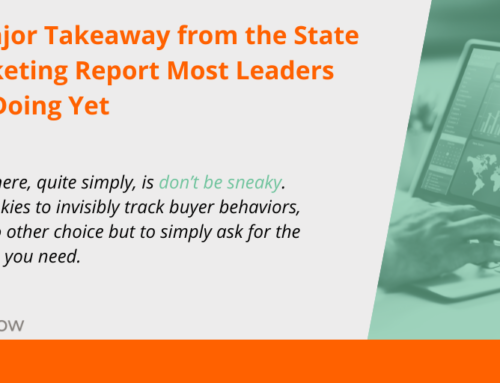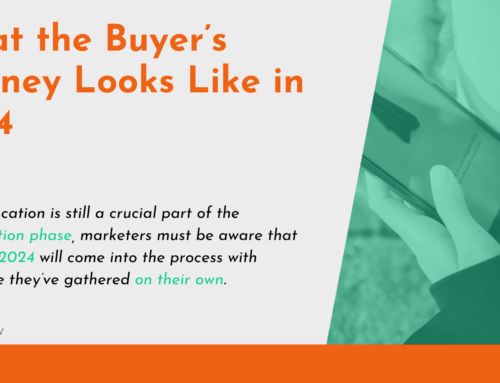
Both in-person and online shopping are seeing increases in their respective numbers. No one has a crystal ball, so marketers must continue to think on their feet as trends begin, change, and fade away. Fortunately, we can use our observations to form a 2022 marketing strategy. Trial and error through 2020 and the first part of 2021 has given marketers a good grasp on what to keep, what to change or stop, and what to start implementing in their own strategy.
Social Media to Keep
One area you can always depend on for a solid ROI is social media. Data from the first quarter of 2021 gives a good indication that social media will be in the “keep” and “change” column for everyone’s marketing strategy next year. What’s interesting, though, is that the biggest boom in activity wasn’t where many expected it. So, of course it’s in the keep column, but you may also want to tweak a few things in regard to your social media marketing outreach.
Social Media to Start
For instance, Pinterest is now getting up to 5 billion searches a month. This is a 150% increase from their average 2 billion searches a month in 2016. We’re not just talking about searches for décor inspiration, either. People were searching for actual products on Pinterest at a rate of twenty times higher than the previous year.
Social Media to Change
Facebook may still be the most visited social media site, but TikTok has become the major platform for influencer marketers. This happened so quickly that, at the beginning of 2020, TikTok influencer marketing wasn’t even an option and often fell under the “other” category. And, while 60% of B2B marketers in the US are finally now using Instagram, which is up from 30% in 2020, the platform actually saw the biggest decline in influencer marketers, down from 80% last year to 68% this year.
Experiential Marketing to Keep
Virtual events are probably here to stay, at least for the foreseeable future. Brands invested in the increased technology necessary to bring consumers together for various events on digital platforms and the great news is, it worked. In fact, 52% of companies said they saw the same or greater attendance for virtual events than they’d previously expected for live events.
Experiential Marketing to Change
After investing so much into the technology necessary for virtual events, many organizations are likely to create hybrid events, with at least part of the agenda happening online. This could involve the audience attending virtually or the speaker, or a mix of the two.
Experiential Marketing to Start
One thing is clear, especially if you continue to provide more virtual events, and that is the need for an on-demand strategy. Whether that’s a recording of events that already occurred or a curated curriculum of courses, speeches, or other events made available at any time to your audience.
A 2022 marketing strategy for live and hybrid events will provide the option for remote viewing to any who may not be comfortable with in-person activities or simply can’t make the trip. Statistics show that at least 20% of attendance to events comes in the form of on-demand viewing. You don’t want to miss out on that many potential customers.
Start Offering Seamless Multi-Channel Retail Experiences
Ss more companies adopt a permanent work-from-home policy and consumers revel in the convenience of in-home streaming, finding new ways to reach buyers is more important than ever.
When it comes to a multi-channel experience, buyers love it—but 90% of them say that a seamless experience is where they’re most likely to spend their money. In-store, online, in-app, and even out-of-home advertising should all work together seamlessly to identify your buyer, determine where they are in the buyer’s journey, and help them complete a purchase without skipping a beat between the various channels they use.
Change Where You Market on Multi-Channel Services
When many think of multi-channel, they think of a website, social media, and an app all working together in harmony. Yes, this is important to a healthy multi-channel strategy, but that’s not all you have available to you anymore. Consider the entertainment streaming services so many consumers rely on now and determine how you might reach new customers there. Traditional ads might be a thing of the past, but Hulu has introduced interactive ads that provide an even richer experience for prospects that are actually interested in what you sell.
Consider how you might also make the most of out-of-home advertising. Your first thought may be that billboards and bus signs are dinosaurs—a thing of the past that can’t possibly be brought into the future. There’s a reason out-of-home advertising is no longer called “traditional.” With the use of consumers’ cell phones, tablets, and wearable technology, marketers are able to change how out-of-home messaging reaches the buyers. And when our digital billboards can sync with the website we viewed that morning, well, nothing is more omni-channel than that.
The marketing landscape evolves at a rapid pace, and trends seem to emerge faster than ever. To succeed, we’ll just have to keep watching and adapt quickly. If you’d like to discuss a 2022 marketing strategy for your brand, don’t hesitate to reach out.





